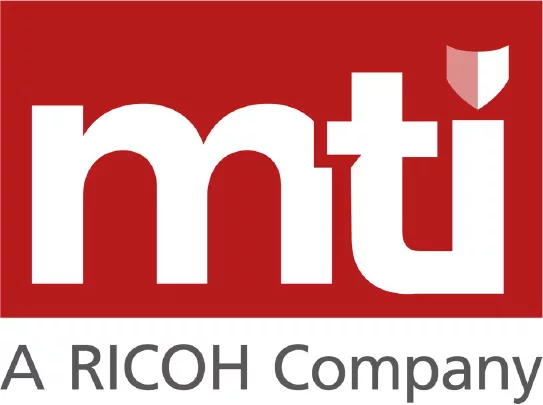The Software-Defined Data centre (SDDC) is a hot topic in enterprise IT, adopted widely and intently discussed even more widely. What does SDDC have to offer your data centre? How could SDDC make a difference for your enterprise?
The detailed answers to such questions will depend on your current data centre architecture, application portfolio, company culture, processes, and many other factors. In almost all cases, though, SDDC and data centre modernisation more broadly can pay enormous dividends in helping IT and the wider enterprise address multiple challenges, relating not only to technology, but also to people and processes. SDDC can open up opportunities, drive down costs, and mitigate risk.
Let’s take a look at four core reasons for which rapidly growing numbers of organisations, across sectors and geographies, are adopting SDDC.
1. Low-risk Agility and Evolution
A key characteristic of the SDDC is exceptional flexibility. With resources defined in software, redefining them is a software matter, without the need to manipulate the underlying hardware. This makes the SDDC responsive, easy to reconfigure, and easy to scale up and out.
Moving core data centre infrastructure to a software model unlocks significant gains in on‑premise systems operation and management. You can respond swiftly to requests, challenges and opportunities, deploy new resources more quickly, scale operations painlessly and take advantage of leading-edge innovations such as compute and network virtualisation, hyper-converged storage, and automation.
2. Into the Cloud
SDDC provides a solid platform on which to build your hybrid cloud strategy, deploying next-generation enterprise applications in a consistent architecture using standardised skills and tools, across multiple private and public clouds.
VMware Cloud Foundation, for example, delivers a unified compute, storage, networking, and management stack supporting all applications – VMs, containers, packaged, open source and more – with consistent infrastructure and operations across on-premise, private cloud and multiple public clouds.
3. Unified Management
One of the challenges presented by the legacy data centre is a plethora of silos with platform-specific management tools and interfaces, typically demanding significant levels of detail‑oriented human intervention.
SDDC brings these siloed resources together into an integrated, holistic system supporting consistent operations through a single management interface, delivering genuine unified management with self-driving operations.
IT can monitor data centre performance, view analytics in real time, automate the placement and balancing of new and existing workloads, and optimise capacity and resource utilisation. Extensive efficiency, CAPEX and OPEX benefits result.
4. Cut Costs and Protect Investment
SDDC reduces TCO by pooling fundamental data centre resources, eliminating hardware silos, streamlining management, on-demand scaling, and server-side economics.
A Universal Application Platform supports any app on any server, extending not only to today’s leading-edge applications, but also to those yet to be developed. This opens up significant opportunities for highly efficient business operations, superlative customer experience, and solid competitive advantage.
SDDC provides a secure, robust digital foundation for enterprises, today and tomorrow. It enables accelerated deployment, improves ROI and investment protection for both new and existing assets, provides unified management and operations, a secure, easy to manage path to future platforms, self-service automation, and a consistent environment across on-premise, private and public cloud.
Next Steps
Experience the transformative power of a Software-Defined Data Centre (SDDC) with MTI’s comprehensive Data Centre Services. From virtualisation to automation, we offer expert guidance and support to help you harness the full potential of SDDC technology. Contact us today to learn more about how MTI can optimise your data centre infrastructure for agility, scalability, and efficiency.

